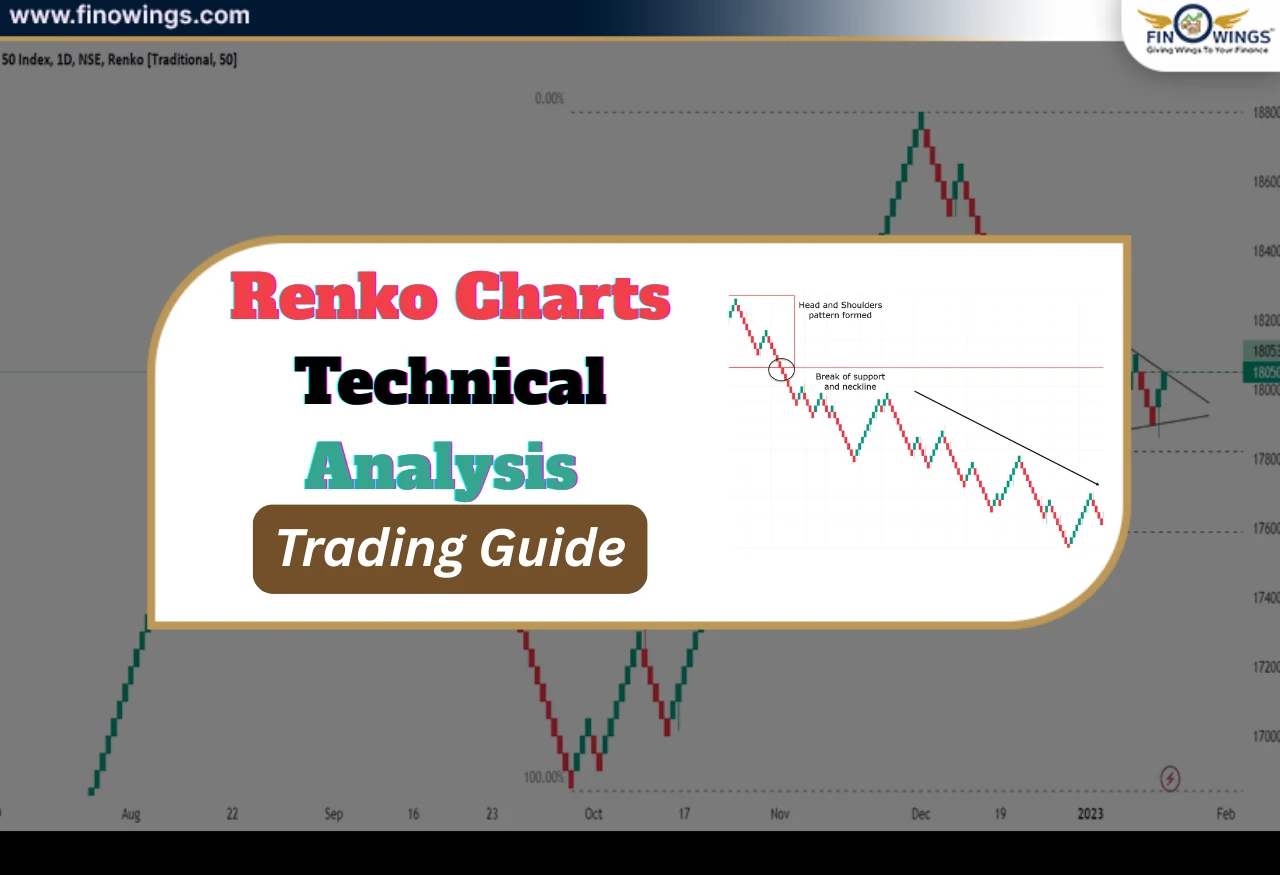Home >> Blog >> Understanding Profitability and Debt Ratios in Stock Market Fundamental Analysis
Understanding Profitability and Debt Ratios in Stock Market Fundamental Analysis

Table of Contents
Equipping yourself with the appropriate analytical tools is vital for making well-informed judgments in the changing world of stock market investing. A fundamental strategy that enables investors to evaluate a company's financial performance and health is fundamental analysis. Examining profitability ratios and debt ratios, which together provide a thorough perspective of a company's health and growth prospects, is a key component of this research. We will examine profitability and debt ratios in this post, illuminating their importance in the field of stock market analysis.
Profitability Ratios: A Glimpse into Earnings Performance
Profitability ratios serve as a powerful lens through which investors can gauge a company's ability to generate earnings and manage its finances effectively. These ratios unveil critical insights into how efficiently a company operates and turns its revenues and assets into profits. Let's delve into some of the most crucial profitability ratios:
1. Gross Profit Margin: The gross profit margin reveals the proportion of revenue that remains after subtracting the cost of goods sold (COGS). This metric provides valuable insights into a company's pricing strategy and cost management practices.
2. Net Profit Margin: Often referred to as the bottom line, the net profit margin indicates the percentage of revenue that translates into net profit after all expenses, including taxes and interest, have been accounted for.
3. Return on Assets (ROA): ROA assesses how effectively a company utilizes its assets to generate profits. This ratio is particularly useful for comparing a company's performance relative to its asset base.
4. Operating Profit Margin: By subtracting both COGS and operating expenses from revenue, the operating profit margin reveals the percentage of revenue that remains as operating profit. It offers insights into a company's operational efficiency.
5. Gross Profit Ratio: The gross profit ratio, expressed as a fraction, offers another perspective on the gross profit margin. It highlights the relationship between gross profit and total revenue.
6. Net Profit Ratio: Similar to the gross profit ratio, the net profit ratio showcases the efficiency of converting revenue into net profit. It's a key indicator of a company's overall profitability.
7. Liquid Ratio: Also known as the acid-test ratio, this metric assesses a company's short-term liquidity by comparing its most liquid assets to its current liabilities.
8. Current Ratio: The current ratio measures a company's ability to cover short-term obligations with short-term assets, offering insights into its financial health.
9. Quick Ratio: Excluding inventory, the quick ratio evaluates a company's ability to meet short-term obligations. This ratio offers a clearer picture of liquidity in case of emergencies.
Debt Ratios: Evaluating Financial Leverage
In addition to profitability ratios, assessing a company's debt position is essential. Debt ratios provide crucial insights into a company's financial leverage and its capacity to manage debt. Let's explore some key debt ratios:
1. Debt Ratio: The debt ratio compares a company's total debt to its total assets, indicating the proportion of assets financed by debt. A lower ratio implies less reliance on debt financing.
2. Debt to Equity Ratio: This ratio measures the relationship between a company's total debt and shareholders' equity. It offers insights into the balance between debt and equity financing.
3. Debt to Asset Ratio: The debt to asset ratio evaluates the percentage of a company's assets that are funded by debt. It helps investors understand the risk associated with a company's debt load.
Conclusion
In the intricate landscape of stock market investing, fundamental analysis serves as a guiding light. The combination of profitability ratios and debt ratios allows investors to paint a comprehensive picture of a company's performance, stability, and growth prospects. By interpreting metrics such as gross profit margin, net profit margin, return on assets, operating profit margin, gross profit ratio, net profit ratio, liquid ratio, current ratio, quick ratio, debt ratio, debt to equity ratio, and debt to asset ratio, investors can make more informed decisions, manage risks effectively, and capitalize on profitable opportunities. Remember, while these ratios offer valuable insights, a holistic investment strategy should also consider industry benchmarks, historical trends, and other contextual factors for a well-rounded approach.
Author
Frequently Asked Questions
Profitability ratios in stock market analysis offer a clear view of a company's earnings performance. These ratios, including gross profit margin, net profit margin, and return on assets (ROA), help investors assess how efficiently a company generates profits from its revenues and assets. By understanding these ratios, investors can gauge the company's operational efficiency and growth potential.
Debt ratios play a crucial role in evaluating a company's financial health and leverage. These ratios, such as debt ratio, debt to equity ratio, and debt to asset ratio, provide insights into the company's debt management and risk exposure. By analyzing debt ratios, investors can determine how much of a company's assets and equity are funded by debt, helping them make informed decisions about investment risks.
Profitability and debt ratios provide investors with essential data to make well-informed stock investment decisions. Profitability ratios reveal a company's ability to convert revenues into profits, while debt ratios shed light on its debt management practices. By interpreting metrics like net profit margin, quick ratio, and debt to equity ratio, investors can assess a company's stability, growth prospects, and financial risk before making investment choices.
While profitability and debt ratios offer valuable insights, a comprehensive investment approach considers several factors. Investors should also examine industry benchmarks, historical trends, and contextual factors. These may include market trends, competitive landscape, management quality, and economic conditions. By combining these elements with profitability and debt ratios, investors can develop a well-rounded strategy for successful stock market investing.


















